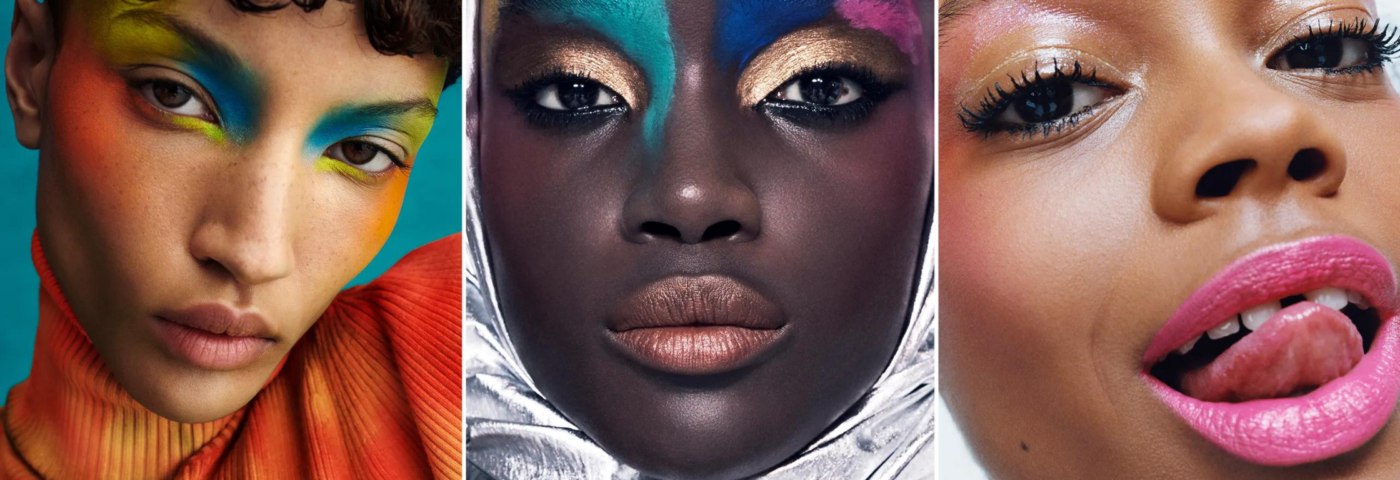Where would the beauty industry be without storytelling? It’s the foundation for almost everything we do. As humans, we are hard wired to love and respond to storytelling. It begins with the brand founder – more than ever these days – as the founder’s story is often the quintessential feature for young, indie brands.
Then there’s the product story: the source of the ingredients, the claims, the trial and error of creation. Marketing is all about story telling; it’s what marketers do. Add to this the impact of social media. This is no better place for brands to tell their story than on these platforms that connect directly with their consumers, who are eager to get involved with the brand.
Storytelling weaves together the facts with human emotions. We need both: the facts give us confidence we’re making the right decision to buy the brand’s products; the emotional connection makes us feel happy, smart and connected.
Powerful storytelling builds community. The brand’s tribe will perpetuate the storytelling, spreading the word, becoming brand advocates and champions: the ultimate goal!
Each product segment of our industry has a theme, which has its own story line: thick, luxurious hair is sexy and attention grabbing. Great hair suggests health, fitness and the time and resources to take care of it. Anyone remember L’Oréal’s hair slogan from the 70s,”Because I’m worth it!” ?? Lots of ways to look at it, but the fact remains that a great hair day is a great day.
MakeUp has its own story line coming from youth, vibrancy, sex appeal (whatever that may mean today), trend awareness and being front and center, whether on a Zoom call or a TikTok video. Watch Lady Gaga applying her Haus makeup collection on YouTube. You won’t be able to look away! And never underestimate the power of the perfect red lipstick.
Skincare deals with health, fitness, youth, vitality and again, having the time, interest and resources to have great skin (good genes help). While we continue to eschew the anti-aging approach, the fact remains, it’s there, albeit subtly couched in terms of “looking one’s best.” There’s lots of skincare storytelling about being the best one can be, not seeking perfection and accepting aging. Got it, still, most of us hope for more from our skincare products.
Fragrance is probably the quintessential storytelling platform. Liquid in a bottle can transport us almost anywhere. Fragrance sales during Covid were certainly proof of that and they continue at the high end of the market. Perfume is story in a smell. It connects us to memories, history and perhaps other lives. Perfumer Henry Jacques opened his first store in Paris a few months ago. In the perfect combination of left brain/right brain, logic and emotion, he created a poem for each fragrance, accessed via a QR code. Brilliant.
Ultimately, in beauty, it comes back to wanting to be loved and accepted or noticed or making a statement.
Look at some of the great storytellers of our age: Howard Schulz created Starbucks after his coffee drinking experience in Italy. He was captivated by the romance of it.
Steve Jobs’s vision for Apple proved that design-led technology is the best space to develop and win (again, right brain/left brain).
Elon Musk, controversial though he may be, makes us feel good about using Tesla’s technology to support sustainability and the environment.
The beauty industry sells products people want, not products people need (ok, with a few exceptions). And most of those sales come from hopes, dreams, aspirations and storytelling.
To survive and thrive, brands need to connect with their audience, tug at their heartstrings and engage with them on an interactive and deep level. Don’t ever underestimate the power of this narrative.
Ninety percent of shopping (regardless of the category) is done with the right side of our brain, the emotional side. Yes, we do our research: price checks, brand equity and value, customer reviews, perceived product worth, but when we hit that “buy” button, it’s pure emotion. That turns the brand and its products into experience and connection, which is what we all crave
Gather the facts and figures to support what your brand is doing. But spend your time and energy weaving a compelling, authentic, unique story that sets you apart, connects to your target audience and gets them passionately involved with your brand and what it stands for. This is the way to win.
Enjoyed this article? Get more by subscribing to our newsletter!

